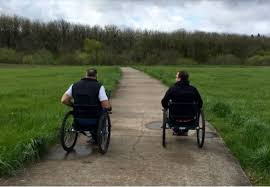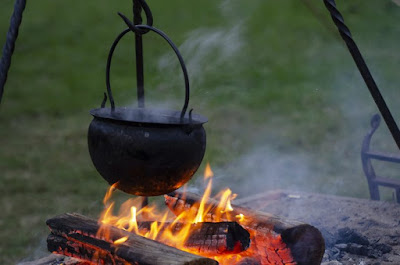One of mankind’s oldest and most important tools which continue to be useful today is the knife. This piece of equipment’s value makes it imperative for people to carry one every single day. In fact, we can even consider it as essential as oil in your car!
There is no such thing as the perfect everyday carry knife since choosing one is all about preferences and needs. Each one of us has necessities and desires so it’s impossible to say that one knife can get the job done for everyone.
So what are the features to look out for when buying an EDC knife? Why do you even need one? Read on to figure out which type of knife you need.
Why You Need an Everyday Carry Knife
Having an everyday carry knife with you comes with a lot of benefits. Here are some reasons why you need one.
Self-Defense
Wherever you are, your personal safety is always a risk. Flashing your blade to intruders or assailants is enough to deter them. Of course, we don’t condone violence under any circumstances, we just believe you need to defend yourself than not.
Emergency
Life is unpredictable and emergency situations are inevitable. When you face crises and catastrophes, a pocket knife can always serve as a survival tool.
Utility
Throughout your entire life, there will always be things you need to cut. It can be a loose thread on your hoodie, a campfire steak, twigs, or some plastic packaging. A knife which you can bring anywhere can effectively do the job.
Convenience
Would you rather bring a large pair of scissors to an outdoor trip for cutting ropes or a sharp handy knife? Surely, you’ll also pick a small pocket knife over huge kitchen cutlery for outdoor purposes. With a simple EDC knife, you can handle everything more easily without redundancy!
Factors to Consider When Buying an Everyday Carry Knife
A daily carry knife’s purpose is for you to have it wherever you go. Here are some things to consider when making a choice on which knife to buy. Remember that these aspects are not equally important. Depending on your needs and preference, some may outweigh the others.
Legality
Research on your state laws about the legality of carrying weapons. Some states criminalize this, while some prohibit knives that carry certain features like blade styles. Understand that choosing to ignore the law has its consequences.
Price
Regardless of your purpose for buying a knife, you should always set a budget. Some can cost as little as a few dollars, while some cost thousands of bucks. Decide ahead of time on how much you want to spend on your blade. And remember that your budge will determine your range of options.
However, expensive doesn’t necessarily mean better. Some very expensive knives out there are meant to be collectibles, like the Microtech Halo V.I. which retails for $650 because its blade is considered to be one of the best steels for an EDC knife.
Functionality
For some, this is the number one thing to consider when buying a knife. Some need knives for outdoor living, others just want to something that can open packages and cut loose strings off clothes. On the other hand, some want knives designed as weapons for self-defense.
The Victorinox Swiss Army Executive Pocket Knife is highly recommended for its multiple purposes. This is because it has all the tools you could ever use! The ten functions range from scissors to saws packed in a small form that is easy and safe to carry!
Style
Find a knife that looks appealing enough. The options for knife styles are almost wider than functionality! Here are some of them:
- Fixed blade or folding? Fixed knives have blades that are fixed in place, while folders have folding mechanisms. You can keep folding knives open in many ways depending on the lock type.
- Blade length. Length is not only a style consideration but also a legal one. For cutting purposes, shorter blades are more preferred. As for stabbing, a longer blade is more effective.
- Blade retention/handle. The type of handle largely influences your grip on the knife for effective use. We recommend Benchmade 162 Bushcrafter Fixed Blade Knife as it has a superior grip you would expect in a survival knife. A leather sheath outfitted with both a D-ring and retention strap includes an integrated flint rod loop that adds to the knife’s reliability outdoors and overall outdoor functionality.
- Weight. This is also a huge concern for many as it affects the effectivity of a user to cut or stab. It is also critical for when you don’t want to carry super heavy things with you outdoors. There are many knives that can do everything needed in an EDC folder that are also lightweight, just like the Iain Sinclair Cardsharp2 Credit Card Knife. This carriable gear weighs less than a AA battery and about as much as three quarters. It is made of surgical steel and plastic that only takes a few flips and a quick lock to open.
- Durability. You also need to consider your knife’s longevity. Will it be able to last for years? One factor that may affect your knife’s durability is the blade finish. This adds a level of protection to the metal, preventing it against corrosion. Some types of finishes include stonewash, DLC, blackwash, paint, etc.
Stay Sharp!
Picking the perfect everyday carry knife is an incredibly personal experience that varies from one person to another. Just as no two humans are identical, the same goes for EDC knives. No two knives have the same feature, purposes, benefits, and disadvantages. That being said, we hope our guide will help you decide which knife is the most suitable for you!
Learn More:







